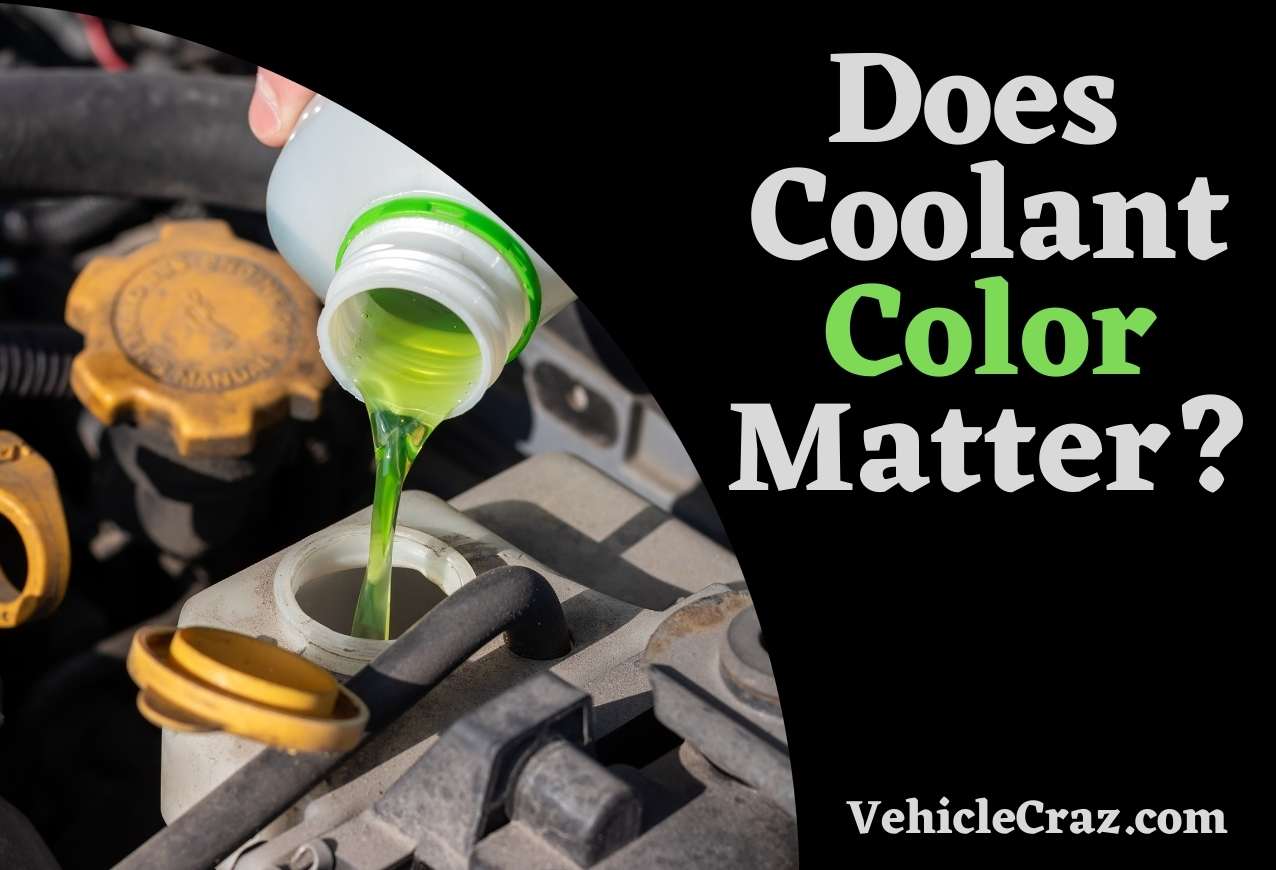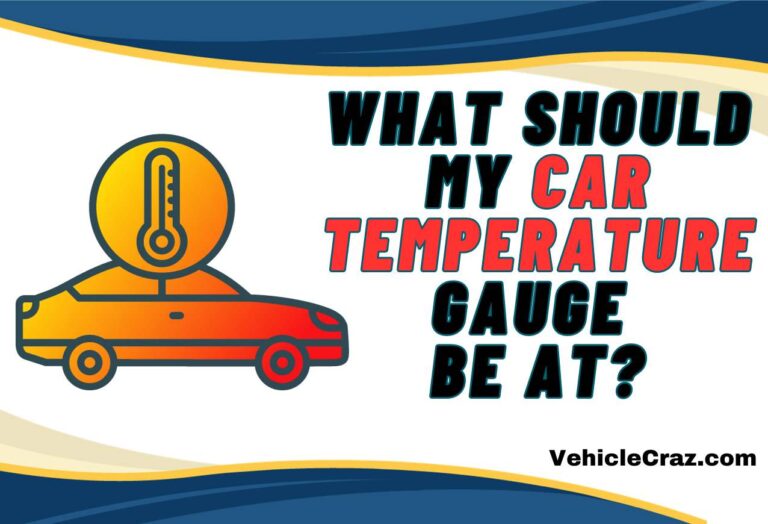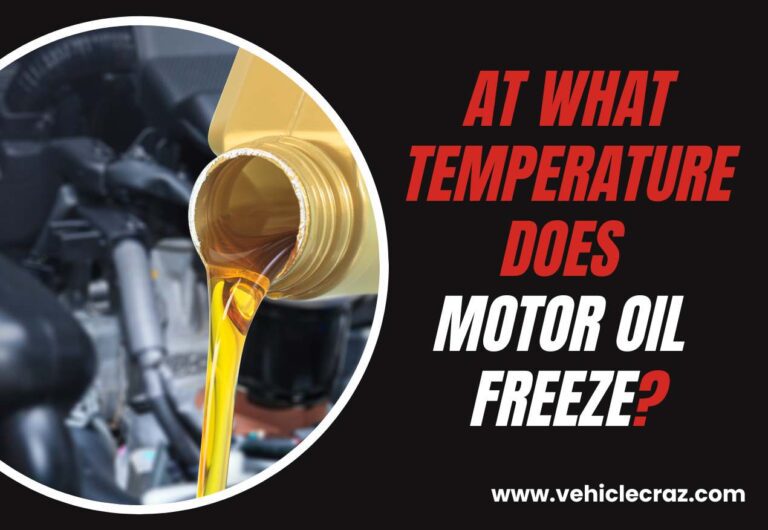Does Coolant Color Matter? Different Color Coolants Explained
Coolant, also known as antifreeze comes in different colors such as green, red, blue, and yellow. These colors are not just for aesthetics; they actually indicate the type of coolant and its composition. The color of the coolant can indicate its type and composition, but it doesn’t necessarily matter in terms of performance or compatibility with your vehicle. We will explain everything in detail; keep scrolling.
Does Coolant Color Matter?
Although the color of the coolant doesn’t really matter, mixing different color coolant types is something that is not recommended.
As mentioned earlier, different colors of coolant are associated with different types of coolant which we will explain later in the article. The performance of coolant is not determined by its color but by its composition and quality.
So, rather than considering the color, it would be best if you go with the coolant type recommended by your vehicle manufacturer.
Different Color Coolants, Their Composition and Meanings
Here is a detailed chart including different color coolant types and their meanings.
| Coolant Color | Type | Composition | Recommended for |
| Green | Traditional/Inorganic | Ethylene glycol, water, additives | Older vehicles without aluminum components |
| Orange | Extended-Life (OAT) | Ethylene glycol, organic acids | Modern vehicles with aluminum components |
| Red | Extended-Life (OAT) | Ethylene glycol, organic acids | Modern vehicles with aluminum components |
| Blue | Hybrid Organic Acid | Ethylene glycol, organic acids | Asian vehicles |
| Yellow | Hybrid Organic Acid | Ethylene glycol, organic acids | European vehicles |
| Pink | Hybrid Organic Acid | Ethylene glycol, organic acids | Some newer vehicles |
| Purple | Hybrid Organic Acid | Ethylene glycol, organic acids | Some newer vehicles |
How Do I Know Which Color of Coolant to Put into My Car?
The best way to find out which coolant is recommended for your car is to check the owner’s manual. The manual will specify the type and color of coolant that is compatible with your vehicle.
If you’re unsure or don’t have access to the owner’s manual, consult a professional mechanic.
If neither of the above methods works for you, the next best method to select the right coolant for your vehicle is to read the label of the product, consider the temperature at which your vehicle would normally operate, and the age and type of your vehicle.
Generally, older vehicles use green coolant, while newer vehicles with aluminum components may require extended-life coolants (often orange, red, or other colors).
What If I Mixed Different Color Coolant?
If you accidentally mix different colors of coolant, first, determine the types of coolant you’ve mixed. Some coolants are compatible with each other, while others can react and form a gel-like substance that can clog your cooling system.
If you’ve mixed incompatible coolants we recommend flushing the entire coolant system immediately. This will remove mixed coolant from the system preventing potential issues.
What Color Coolants Are Compatible With Each Other?
Well, coolants of the same type are generally compatible with each other, irrespective of color. However, if you are unable to determine the type, here is a general guideline based on the coolant color.
- Green Coolant: Traditional green coolant is compatible with other green coolants and some universal coolants.
- Orange/Red Coolant: Extended-life coolants (OAT) in orange or red colors are generally compatible with each other and with some universal coolants.
- Yellow Coolant: Hybrid organic acid technology (HOAT) coolants in yellow color are compatible with other yellow HOAT coolants and some universal coolants.
- Blue Coolant: Blue coolants, often used in Asian vehicles, are usually compatible with other blue coolants and some universal coolants.
- Universal Coolant: Universal coolants are designed to be compatible with all types and colors of coolant, making them a safe choice for topping up or mixing with other coolants.
What Is The Color of Universal Coolant?
Universal coolants are typically dyed either yellow or amber. This is to indicate the compatibility with various types of antifreeze. Still, it can differ from one manufacturer to another. So, make sure to read the label before you pull your credit card out.
Why Did My Car’s Coolant Color Change from Green to Red?
The change in coolant color from green to red in your car could be due to several reasons. Green coolant is typically an older, traditional coolant, while red coolant is often an extended-life coolant (OAT). If your vehicle has been serviced or the coolant has been changed, the new coolant may be a different type or brand with a different color.
Mixing different types or colors of coolant can also change the color of the coolant in your system. Additionally, coolant contamination with engine oil or other fluids, rust, or corrosion in the cooling system can change the color of the coolant.
If you’re unsure about the cause, it’s best to have a professional mechanic inspect your vehicle’s cooling system.
Related


I’m Alex, a seasoned mechanical teacher with over 20 years of hands-on experience in Australia. My passion for all things automotive has driven me to establish this blog, aiming to share my wealth of knowledge and expertise with fellow enthusiasts, DIYers, and anyone keen on understanding the mechanics behind the machines we rely on daily.







